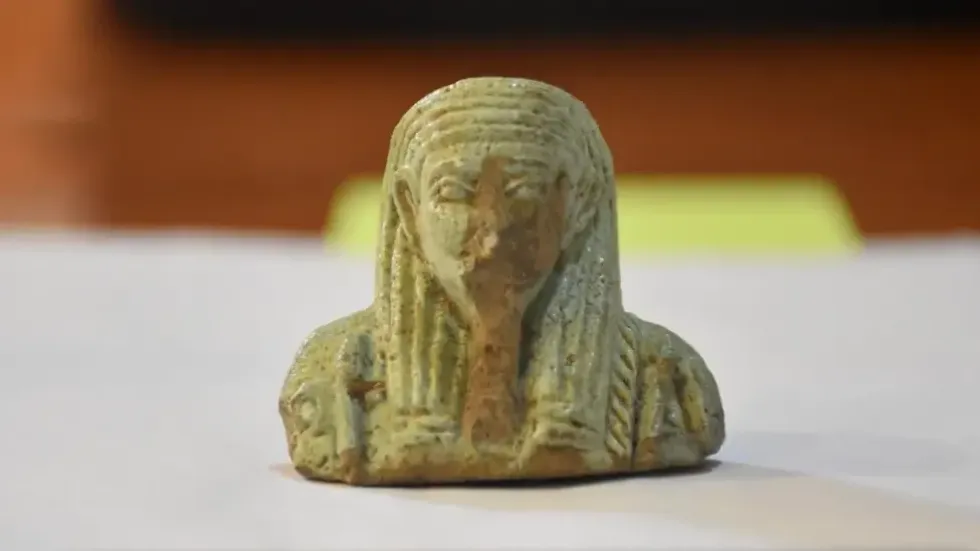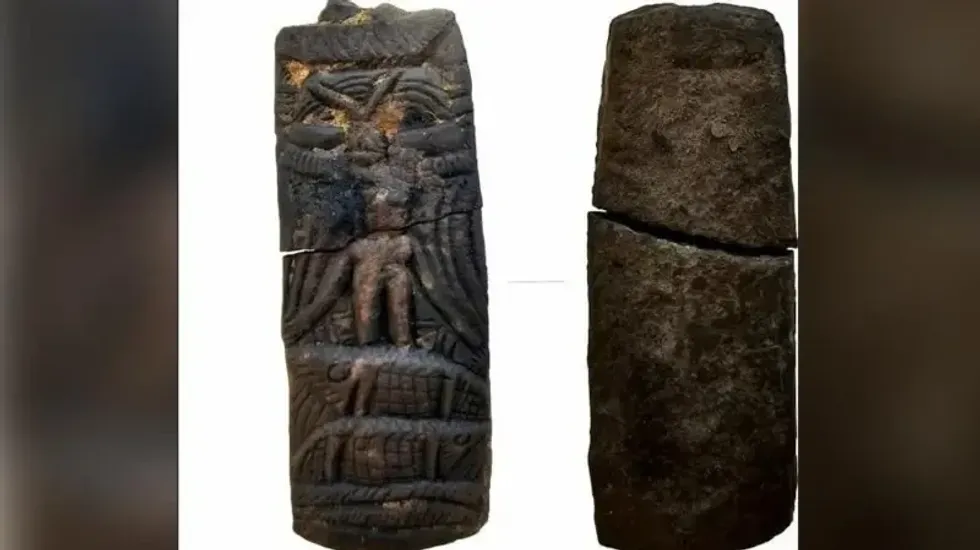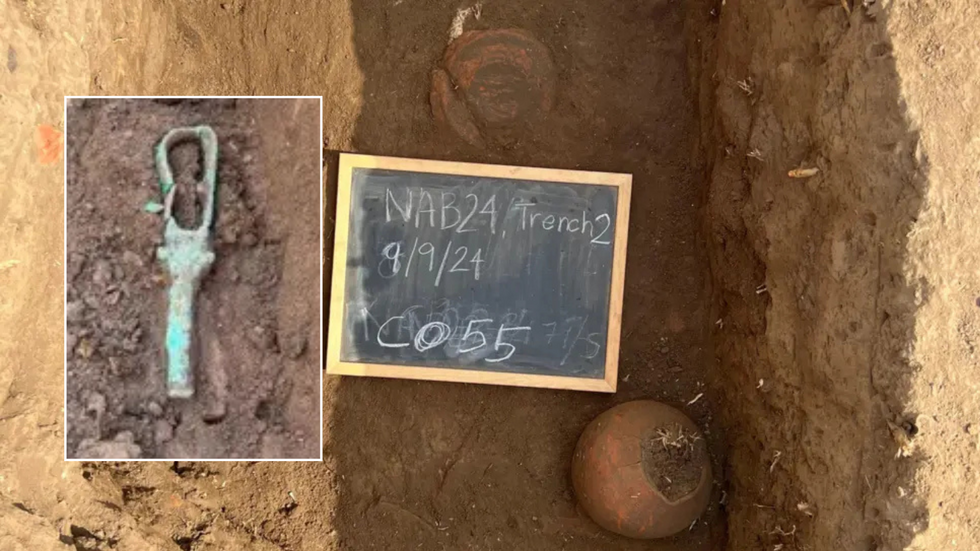British archaeologists help discover mysterious 2,300-year-old ancient Egyptian city in major breakthrough

The find includes exceptionally well-preserved artefacts from the 4th century BC
Don't Miss
Most Read
Latest
A team of British and Egyptian archaeologists has uncovered the ancient Egyptian city of Imet in the eastern Nile Delta, revealing remarkable insights into life 2,300 years ago.
Researchers from the University of Manchester collaborated with the University of Sadat City in Cairo to excavate the site at Tell el-Fara'in, also known as Tell Nabasha.
The excavation combined cutting-edge remote sensing technology using high-resolution satellite imagery with traditional archaeological methods.
Project lead Dr Nicky Nielsen said: "Imet is emerging as a key site for rethinking the archaeology of Late Period Egypt."

A team of British and Egyptian archaeologists has uncovered the ancient Egyptian city of Imet in the eastern Nile Delta
|University of Manchester / Dr Nicky Nielsen
The discovery includes exceptionally well-preserved artefacts from the 4th century BC, offering unprecedented glimpses into daily life, religious practices and urban development in the ancient Nile Delta region.
Among the remarkable finds was a cooking pot containing the remains of a 4th century BC fish stew, complete with tilapia bones, discovered still positioned on its original hearth.
Dr Nielsen said: "When you take it out of the ground and you are the first person to touch it in 2,500 years then it does give you a bit of a jolt."
The team also uncovered a shabti figurine crafted from green faience ceramic dating from the 26th Dynasty.
LATEST DEVELOPMENTS:

The discovery includes exceptionally well-preserved artefacts from the 4th century BC
|University of Manchester / Dr Nicky Nielsen
These figurines were placed in tombs of high-ranking officials to serve as servants in the afterlife.
Dr Nielsen said: "They were a way of getting out of labour in the afterlife."
Additional discoveries included a bronze sistrum adorned with twin heads of Hathor, goddess of music and joy, and an amuletic tomb marker depicting the god Harpocrates standing atop two crocodiles.
The excavation revealed dense architectural remains, including substantial tower houses with exceptionally thick foundation walls supporting multi-storey structures.

The excavation combined cutting-edge remote sensing technology using high-resolution satellite imagery with traditional archaeological methods
|University of Manchester / Dr Nicky Nielsen
Dr Nielsen said: "These tower houses are mainly found in the Nile Delta between the Late Period and the Roman era, and are rare elsewhere in Egypt. Their presence here shows that Imet was a thriving and densely built city with a complex urban infrastructure."
The team discovered a paved area for grain processing, animal enclosures, and a large building with limestone plaster flooring and massive pillars dating to the mid-Ptolemaic Period.
Dr Nielsen said: "This discovery opens new doors to our understanding of daily life, spirituality and urban planning in the Delta."
A University of Manchester spokesperson said their involvement continued to shape global narratives of Egypt's forgotten cities, "bringing the ancient Delta back into view one discovery at a time."











